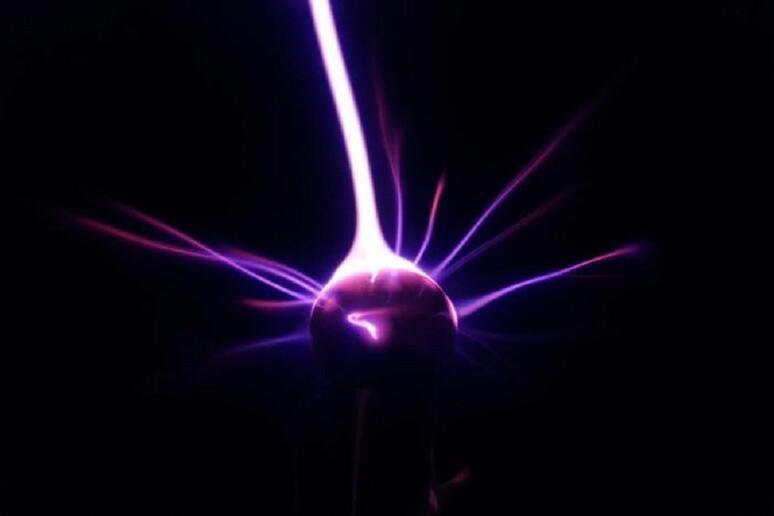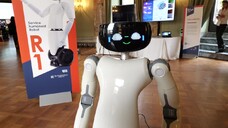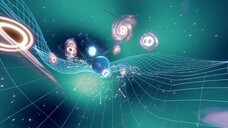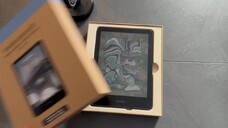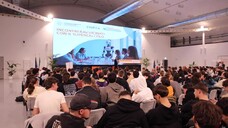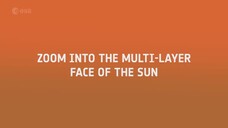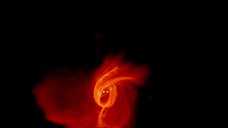Scientists have come a step closer to measuring quantum gravity, the phenomenon that could solve one of the biggest mysteries in physics and unite the understanding of our world governed by the laws of classical physics with that of quantum mechanics.
The experiment to measure the gravitational attraction of the smallest mass ever, led by Tim Fuchs of the University of Southampton in the United Kingdom and with the participation for Italy of the University of Trieste, is described in the journal Science Advances.
"For a century, scientists have tried and failed to understand how gravity and quantum mechanics work together," said Fuchs.The theory of relativity and quantum mechanics, both born at the beginning of the last century, are effective but incompatible: they cannot agree on explaining what gravity is.
For this reason, for decades many of the brightest minds have been searching for a new theory that might combine the two."Now we have successfully measured gravitational signals at the smallest mass ever recorded, it means we are one step closer to finally realizing how it works in tandem." continued Fuchs.
Specifically, the scientists measured the attraction produced on a tiny particle kept levitating at a temperature of a few hundredths of a degree above absolute zero.
"From here we will start scaling the source down using this technique until we reach the quantum world on both sides," Fuchs said."By understanding quantum gravity, we could solve some of the mysteries of our Universe — like how it began, what happens inside black holes, or uniting all forces into one big theory," he concluded.
Riproduzione riservata © Copyright ANSA





